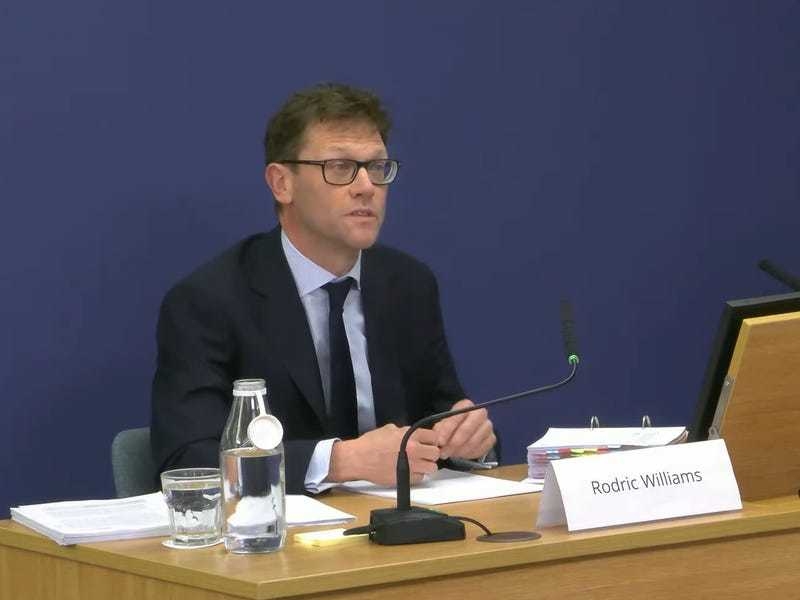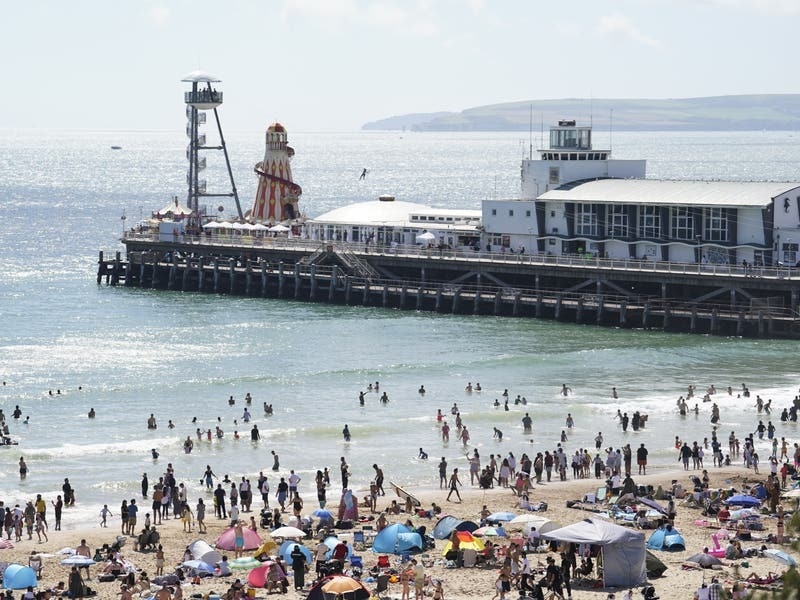The tests come as Environment Minister John Young said the Island’s PFOS issue was ‘much wider’ than first expected, with traces of the pollutant discovered in boreholes and other water sources across Jersey. Most traces found have been within safe limits for drinking water but, earlier this year, one stream near the Airport was above the 1.0µg/l level considered safe to consume.
The minister said he had been led to believe from ‘people in a position to know’ that the Jersey Fire and Rescue Service had used foam containing PFOS to fight fires across the Island in the past. Previously it was thought that only the Airport fire service had used PFOS foam. The JFRS said it was investigating the matter.
‘These reports [about the foam] that I have been given are from people in a position to know, and need to be followed up and investigated,’ said Deputy Young.
‘We have had to test samples of potatoes and milk products, particularly potato products from St Ouen’s Bay. The reason why these things are being tested is because it is said, and I don’t know if it is true or not, that they can uptake PFOS.’
According to Public Health England, PFOS is toxic if ingested, and repeated exposure by ingestion can cause stomach upsets, liver toxicity and affect thyroid hormones. Skin or eye contact can cause irritation, and prolonged exposure may cause cancer. It is also rated as dangerous for the environment.
Previously, PFOS foam run-off from the Airport fire service training ground in the 1990s was known to have contaminated an area of St Ouen’s Bay. As a result of that plume, the States – using a £2.6 million settlement from the manufacturers of PFOS, 3M – connected around 80 homes to mains water. They also paid water rates for some properties.
At the height of that testing, one property had consistently raised PFOS levels of up to 9.5 µg/l while other properties had levels up to 4.9 µg/l.
Between 1999 and 2006 one property gave consistently high results, at its highest 98.0 µg/l and levels mainly over 20 µg/l. When measured in 2006, the drinking water of the property still had a concentration of 31.0 µg/l.
Earlier this year, a second, unrelated, area of contamination was found to the north of the Airport after concerns were raised by a borehole owner. All those samples tested were positive for PFOS but, apart from the stream, were well below the safe drinking limit with the highest at 0.00832 µg/l. That contamination was thought to have been linked to foam used after a plane crashed nearby in 1980.
However, the Environment Department extended the testing, and issued GPs with health advice. So far over 120 samples have been taken from boreholes, streams and bodies of water.
Of those used for drinking water, the range for PFOS detected is from 0µg/l (undetected) to 0.015µg/l, which are very small concentrations. More results are awaited.
Those tests are ongoing but Deputy Young said traces of PFOS were being found across Jersey.
‘My understanding is that it is wider [than near to the Airport] – across the Island,’ he said. ‘Obviously we want to establish what our background levels in water sources around the Island are.’
He added: ‘It is quite a sophisticated set of tests we are doing and I think that can be justified. We need to get to the bottom of this PFOS business once and for all.’






